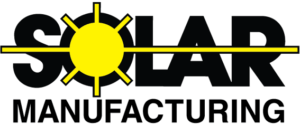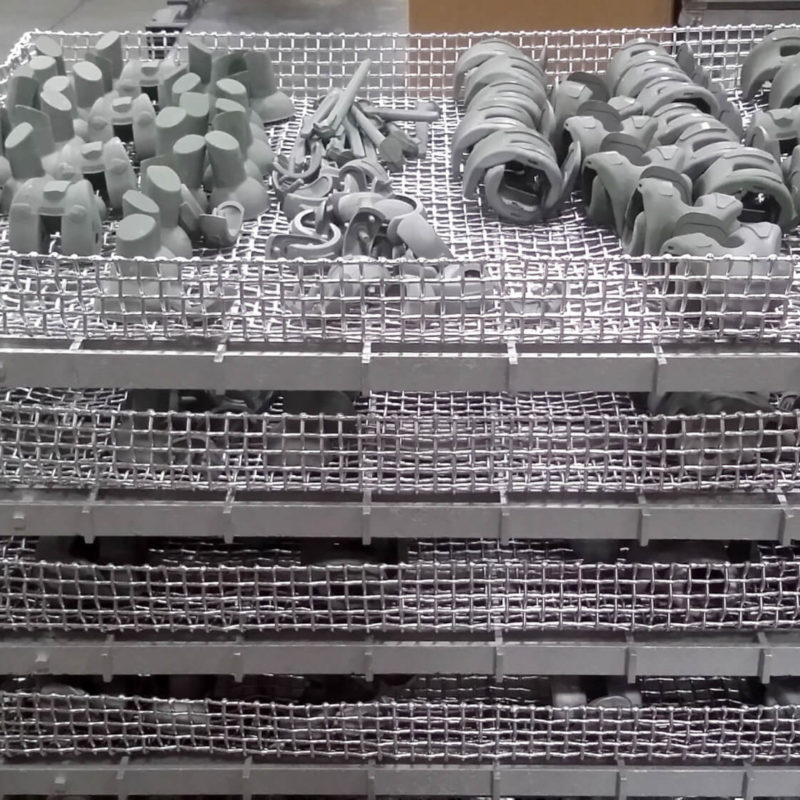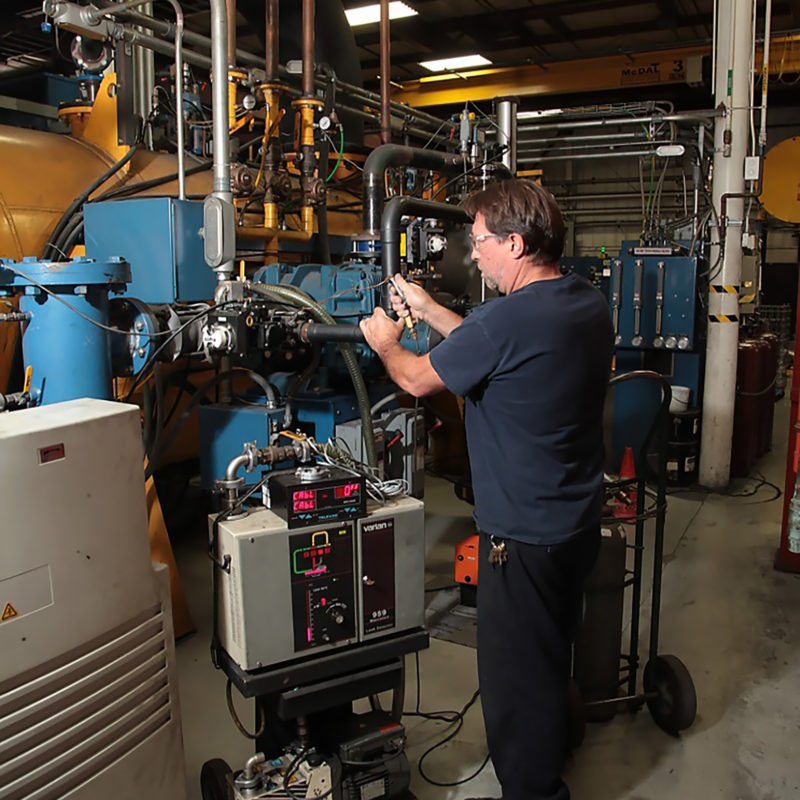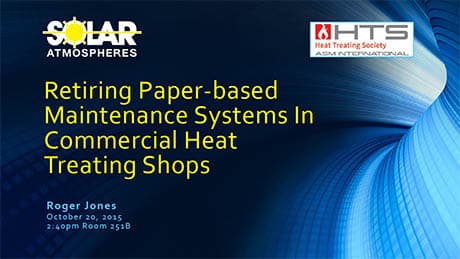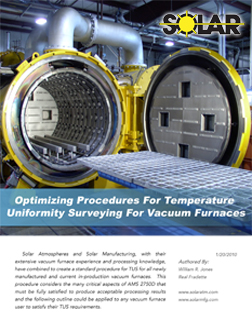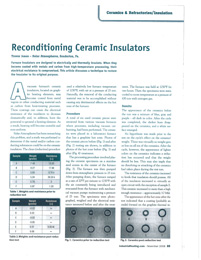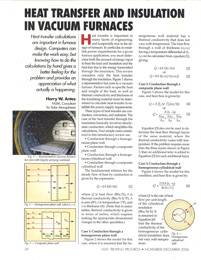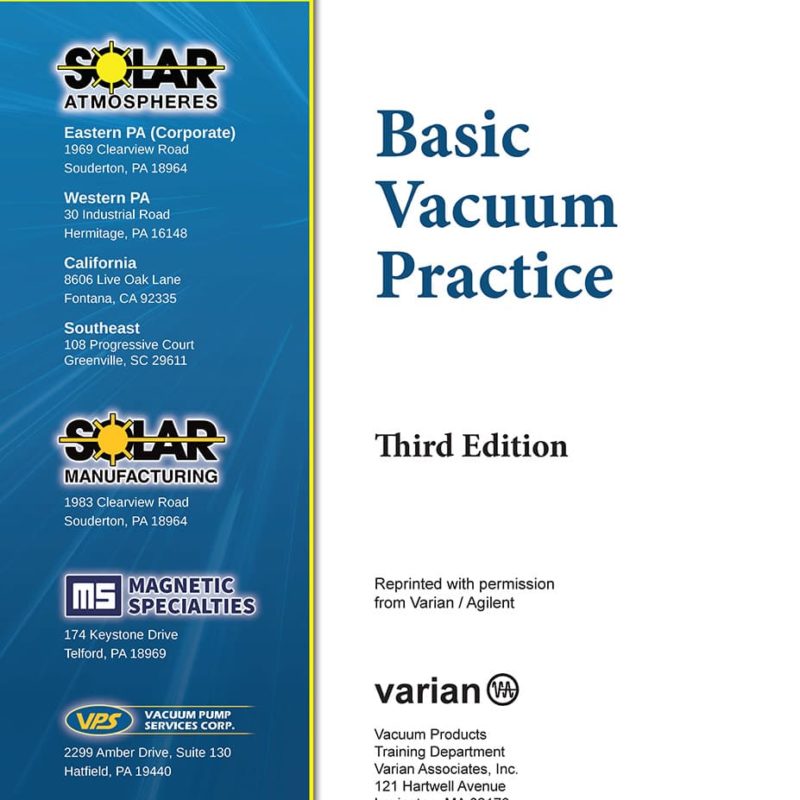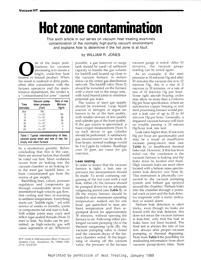Vacuum Furnace Maintenance
Preventing Eutectic Reactions and Diffusion Bonding in Vacuum Processing
The purpose of this paper is to explain reactions that can occur during a vacuum processing cycle and different methods of preventing these reactions.
Vacuum Furnace Leaks and Detection Techniques
This article provides a detailed explanation of the various types of vacuum furnace leaks that can occur, where they typically occur, and methods of locating and correcting these problems. Particular safety concerns relating to leak checking will also be discussed.
Retiring Paper-based Maintenance Systems in Commercial Heat Treating Shops
A presentation by Solar's Roger Jones given at the ASM's Heat Treat 2015 trade show about transitioning to paperless maintenance logging.
Critical Areas In Vacuum Furnace Preventive Maintenance
Regularly scheduled maintenance of vacuum furnaces ensures a safe operational environment for the equipment and the people working with the furnace.
Optimizing Procedures For Temperature Uniformity Surveying For Vacuum Furnaces
A Temperature Uniformity Survey ( TUS ) for a vacuum furnace to satisfy AMS 2750D must be performed using established procedures and methods that fully meet the requirements of the specification and allows for consistent and more accurate results of actual furnace capabilities. Solar Atmospheres and Solar Manufacturing, with their extensive vacuum furnace experience and processing knowledge, have combined to create a standard procedure for TUS for all newly manufactured and current in-production vacuum furnaces. This procedure considers the many critical aspects of AMS 2750D that must be fully satisfied to produce acceptable processing results and the following outline could be applied to any vacuum furnace user to satisfy their TUS requirements.
Reconditioning Ceramic Insulators
Furnace insulators are designed to electrically and thermally insulate. When they become coated with metals and carbon from high-temperature processing, their electrical resistance is compromised. This article discusses a technique to restore the insulator to its original purpose.
Heat Transfer and Insulation in Vacuum Furnaces
Heat transfer calculations are important in furnace design. Computers can make the work easy, but knowing how to do the calculations by hand gives a better feeling for the problem and provides an appreciation of what actually is happening.
Basic Vacuum Practice by Varian
Basic vacuum practices, a primer and basic introduction for vacuum technicians
Hot Zone Contamination
This sixth article in our series on vacuum heat treating examines contamination of the normally high-purity vacuum environment and explains how to determine if the hot zone is at fault.
